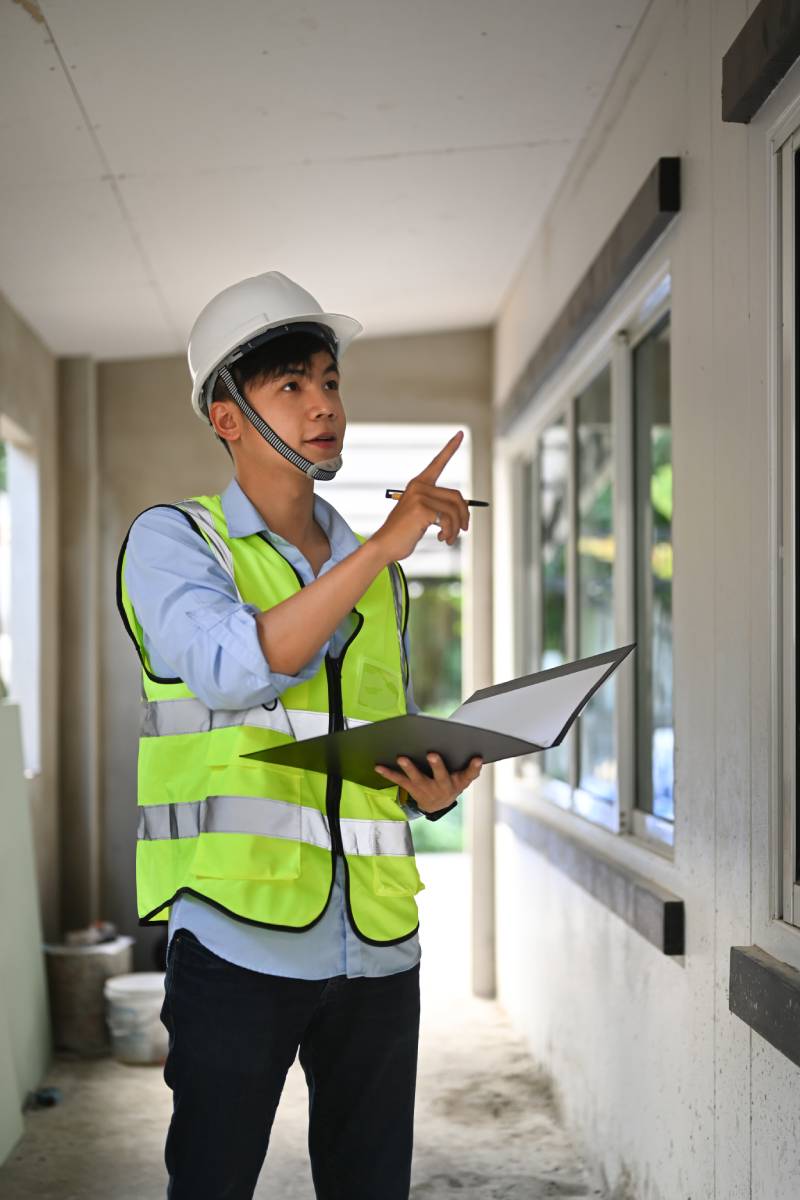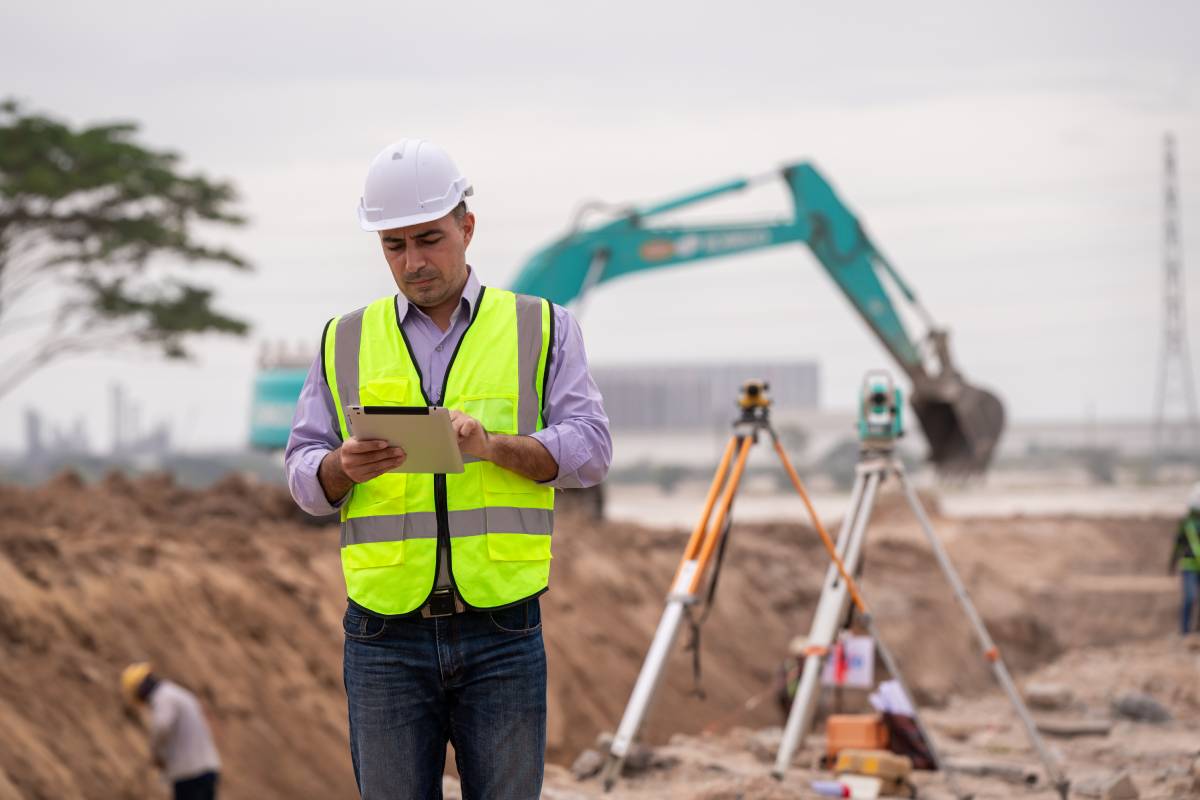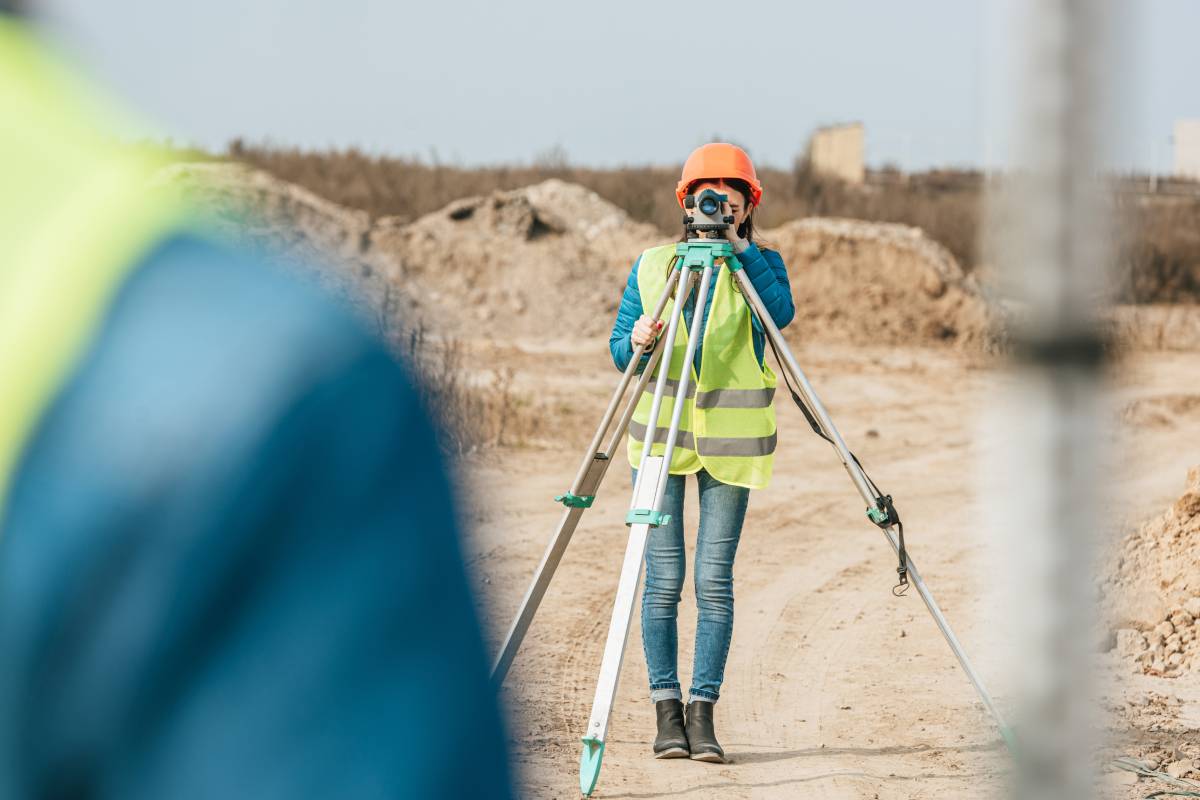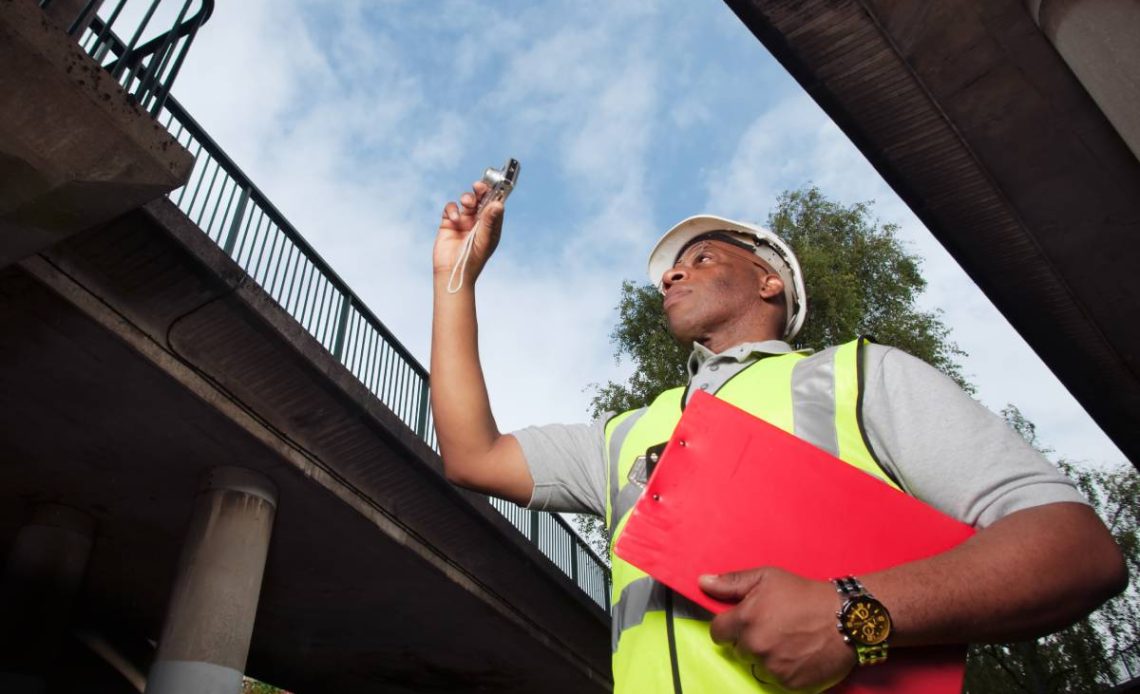Construction site inspections play a crucial role in guaranteeing that quality and safety protocols are upheld right from the beginning. With numerous team members, materials, and equipment involved, construction projects can pose various risks and hazards.
To effectively manage a construction site throughout the project’s lifecycle, regular inspections are essential. These inspections help identify any issues early on, ensuring a smoother and safer construction process.
Related article:
- Why are security screens so expensive? How are they made? Can you fit security screens yourself?
- How to Remove Your Wallpaper? 3 Effective Ways to Your Wallpaper Removal
- Is it OK to tint house windows? Which tint is best for your home? Is DIY window tinting worth it?
What is a Site Inspection?
A site inspection is a thorough examination and evaluation of a location or property to assess its suitability, condition, compliance with regulations, and potential risks or opportunities. It’s commonly conducted in various industries such as construction, real estate, event planning, and tourism.
During a site inspection, inspectors typically examine various aspects including:
- Physical Condition: They assess the condition of buildings, infrastructure, and facilities, checking for any signs of damage, wear and tear, or safety hazards.
- Compliance: Inspectors ensure that the site complies with relevant regulations, codes, permits, and standards. This may include zoning laws, building codes, safety regulations, environmental regulations, etc.
- Accessibility: They evaluate how easily the site can be accessed by people, vehicles, or equipment, considering factors like roads, parking, entrances, and exits.
- Utilities and Services: Inspectors check the availability and functionality of essential utilities and services such as electricity, water supply, sewage systems, HVAC (heating, ventilation, and air conditioning), etc.
- Environmental Factors: They assess environmental factors such as noise levels, air quality, natural hazards (like flooding or seismic risks), and any potential impacts on wildlife or ecosystems.
- Security: Inspectors may evaluate the security measures in place to protect the site from unauthorized access, theft, vandalism, or other security threats.
- Aesthetic Considerations: Depending on the purpose of the inspection, aesthetics and visual appeal may also be assessed, especially in industries like tourism or event planning.
The findings of a site inspection help stakeholders make informed decisions about the site, whether it’s for purchasing, leasing, development, renovation, hosting an event, or implementing safety measures.
Why is it Important?
Site inspections are important for several reasons:
- Risk Management: By identifying potential hazards, safety concerns, or non-compliance issues during inspections, stakeholders can take proactive measures to mitigate risks and ensure the safety of occupants, visitors, and assets.
- Legal Compliance: Inspections help ensure that the site adheres to relevant regulations, codes, and standards. This is crucial for avoiding legal liabilities, penalties, or delays in projects due to non-compliance issues.
- Quality Assurance: Inspections help maintain and improve the quality of construction projects, facilities, or services by identifying defects, deficiencies, or areas for improvement early in the process.
- Financial Considerations: Assessing the condition and suitability of a site can help stakeholders make informed financial decisions, such as determining the value of a property, estimating renovation or repair costs, or evaluating the return on investment for a development project.
- Operational Efficiency: Inspections help optimize the operational efficiency of facilities or infrastructure by identifying opportunities for streamlining processes, optimizing resource utilization, or improving accessibility and functionality.
- Customer Satisfaction: In industries like hospitality, tourism, or event planning, conducting thorough site inspections ensures that customer expectations are met or exceeded, leading to higher satisfaction levels and positive experiences.
- Environmental Sustainability: Inspections can assess the environmental impact of a site and identify opportunities for implementing sustainable practices, reducing resource consumption, minimizing waste generation, and preserving natural habitats.
Overall, site inspections play a crucial role in ensuring the safety, compliance, quality, efficiency, and sustainability of projects, properties, or facilities across various industries.

What is in the inspection checklist?
The contents of an inspection checklist can vary depending on the specific type of site being inspected and the purpose of the inspection. However, here’s a general overview of what might be included in a site inspection checklist:
- General Information:
- Date and time of inspection
- Location/address of the site
- Name of the inspector(s)
- Purpose of the inspection
- Physical Condition:
- Structural integrity of buildings, bridges, or other structures
- Condition of roofing, walls, floors, and ceilings
- Any signs of damage, deterioration, or wear and tear
- The presence of cracks, leaks, or other structural issues
- Safety and Compliance:
- Compliance with building codes, zoning laws, permits, and regulations
- Fire safety measures (e.g., fire exits, extinguishers, alarms)
- Accessibility for people with disabilities (ADA compliance)
- Presence of any safety hazards (e.g., trip hazards, exposed wires)
- Utilities and Services:
- Availability and functionality of electricity, water supply, and sewage systems
- HVAC systems (heating, ventilation, air conditioning)
- Lighting and emergency lighting
- Telecommunication services (internet, phone lines)
- Environmental Factors:
- Environmental hazards (e.g., pollution, contamination)
- Natural hazards (e.g., flood risks, seismic zones)
- Air quality, noise levels, and other environmental factors
- Security:
- Security measures (e.g., fences, gates, surveillance cameras)
- Access control systems (e.g., key cards, security guards)
- Presence of security vulnerabilities or breaches
- Aesthetic Considerations:
- Overall cleanliness and tidiness
- Visual appeal and landscaping
- Signage and wayfinding
- Operational Considerations:
- Functionality of equipment and machinery
- Inventory of assets or resources on-site
- Operational efficiency of processes and workflows
- Documentation and Record-Keeping:
- Documentation of findings, observations, and recommendations
- Photographs or videos to document conditions
- Follow-up actions or corrective measures required
- Additional Notes or Comments:
- Any additional observations, concerns, or recommendations by the inspector(s)
This checklist serves as a comprehensive tool to systematically evaluate various aspects of a site and ensure that all relevant factors are considered during the inspection process.
Site inspection cost in Australia
In Australia, the cost of hiring an independent building inspector typically ranges from $200 to $1,200, depending on various factors. In regional areas, a pre-purchase building inspection usually falls between $500 and $750, while in metropolitan areas, it can be between $800 and $1,200. However, consolidating building and pest inspections can help lower your overall expenses. For more details, continue reading below.
Average Building Inspection Costs by City:
- Sydney: $300 – $750
- Melbourne: $300 – $800
- Brisbane: $350 – $750
- Canberra: $400 – $750
- Perth: $250 – $500
- Darwin: $400 – $800
- Hobart: $400 – $800
- Adelaide: $375 – $800
Average Building Inspection Costs by State:
- NSW: $400 – $1,000
- VIC: $400 – $1,000
- QLD: $350 – $1,000
- ACT: $400 – $1,000
- WA: $250 – $1,000
- NT: $400 – $1,000
- TAS: $400 – $1,000
- SA: $400 – $1,200
These figures provide a general overview of building inspection costs across different cities and states in Australia.

What factors influence building inspection costs?
A standard property inspection typically falls between $350 and $500. However, several factors can push the price of specialized inspections to $1,000 or more. These factors include:
- Inspection Type: Specialized inspections, covering areas like chimneys, HVAC systems, foundations, and water/plumbing systems, can range from $100 to $500 each.
- Property Size: The size of a home impacts the inspection cost, ranging from $200 to $1,000.
- Location: Inspecting properties in remote areas of Australia costs $500 to $750, while the same inspection in metropolitan areas can cost $800 to $1,200.
- Structure Complexity: Inspecting a simple structure typically costs $350 to $500, while a more complex structure can range from $600 to $1,000.
- Inspection Detail: The level of detail in a home inspection can increase the price from $200 to $400 to $600 to $1,000.
Building Inspection Costs by Type:
- Pre-purchase Inspection: $400 to $1,200
- Structural Inspection: $500 to $800
- Pest Inspection: $150 to $300
- Electrical Installation: $200 to $600
Building Inspection Costs by Size:
- 1-bedroom Home: $150 to $250
- 3-bedroom Home: $250 to $500
- 4-bedroom Home: $500 to $1,000
These factors contribute to the variation in building inspection costs, allowing property owners to better understand the potential expenses associated with inspections.
The Takeaway




